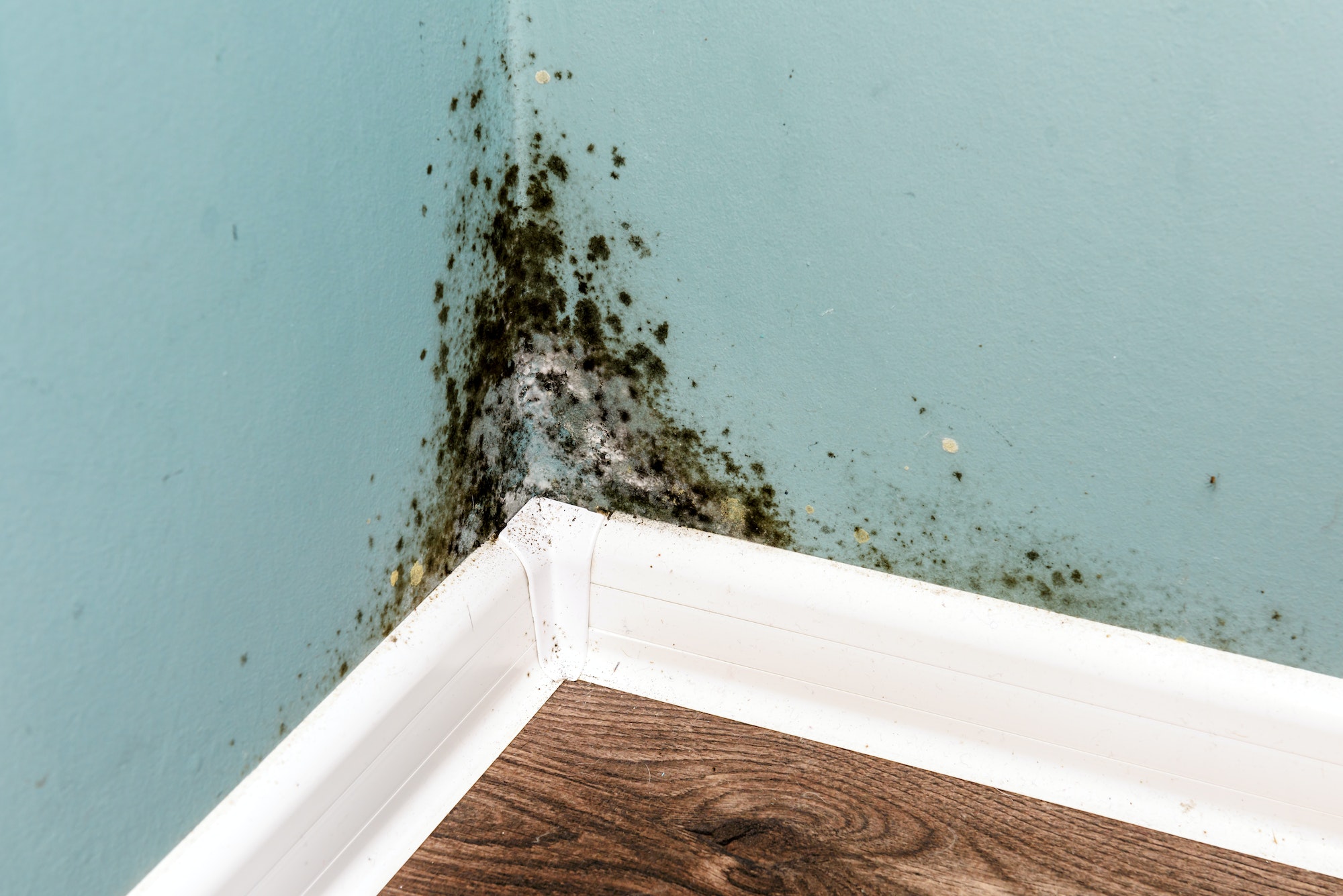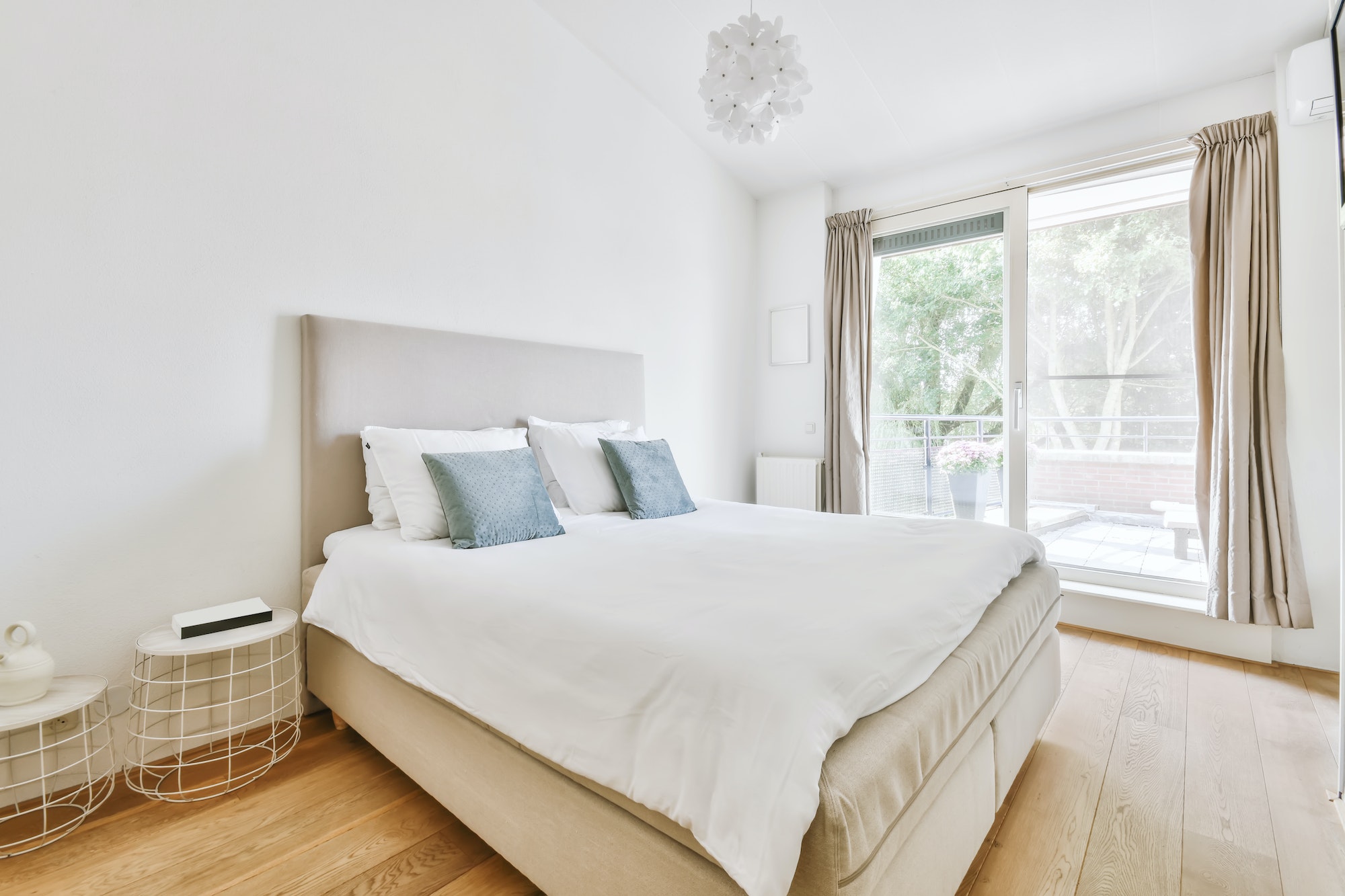Struggling with Mold and Mildew? Discover Effective Mold and Mildew Prevention Techniques to Keep Your Home Mold-Free!
Mold and mildew are common household annoyances that can result in ugly stains and health issues for occupants. If left untreated, these fungal growths flourish in moist and humid settings and can swiftly spread. Mold and mildew prevention is critical for maintaining a healthy and clean living environment. This post will go over excellent mold and mildew prevention tactics and advice.
1. Understanding Mold and Mildew:
Mold and mildew are fungi that proliferate through the release of spores. They are found virtually everywhere and play a natural role in breaking down organic matter. However, when mold and mildew find suitable conditions indoors, such as moisture and warmth, they can grow rapidly and become a problem.
2. Identify Problem Areas:
The initial step in preventing mold and mildew growth in your residence is to identify potential problem areas. Look for areas prone to dampness, such as bathrooms, basements, kitchens, and areas around windows. Check for water leaks, condensation, or any signs of moisture accumulation.
3. Control Indoor Humidity:
Keeping indoor humidity levels in check is crucial for mold and mildew prevention. Aim for a relative humidity range of 30 to 50 percent. Use a hygrometer to monitor humidity levels, especially in rooms susceptible to moisture, and use dehumidifiers if necessary.
4. Proper Ventilation:
Proper ventilation is essential in areas where moisture tends to accumulate. In bathrooms and kitchens, exhaust blowers are used to expel humid air outside.
Ensure that your clothes dryer vents outside and not into an enclosed space.
5. Address Water Leaks Promptly:
No matter how small, water leaks can create ideal conditions for mold and mildew growth. Inspect your home regularly for any signs of leaks and address them promptly. Repair roof leaks, fix dripping faucets, and inspect plumbing for any hidden leaks.
6. Use Mold-Resistant Products:
When renovating or building, consider using mold-resistant materials. Mold-resistant drywall, paint, and caulk can help prevent mold and mildew growth in vulnerable areas like bathrooms and basements.
7. Clean and Dry Wet Areas Immediately:
Clean and dry if water spills occur or any area becomes wet immediately. Quick intervention is essential since mold and mildew can begin to grow in wet settings within 24 to 48 hours.
8. Insulate and Seal:
Condensation can be avoided, and mold and mildew growth decreases may decrease with proper insulation and sealing of windows and doors. Inspect your home’s insulation and address any gaps or cracks.
9. Use Air Purifiers:
Air purifiers equipped with HEPA filters can improve the air quality inside a building by removing mold spores from the atmosphere. This, in turn, lowers the risk of mold and mildew growth.
10. Maintain Cleanliness:
To get rid of any mold or mildew spores, dust your property frequently. Pay extra attention to bathrooms, kitchens, and areas with high humidity levels.
11. Organize and Declutter:
By filtering out mold spores from the air, air purifiers that use HEPA filters can enhance the air quality inside a building and reduce the likelihood of mold and mildew formation. Keep your home organized and decluttered to promote better ventilation.
12. Monitor Basement and Crawl Spaces:
Because of their dark and sometimes damp conditions, basements and crawl spaces are especially prone to mold and mildew growth. Use a dehumidifier in these areas if needed, and inspect them regularly for any signs of mold.
13. Dry Wet Clothes Properly:
When drying clothes indoors, ensure there is adequate ventilation to prevent excess moisture from accumulating. Hang clothes in well-ventilated areas or use a clothesline outside if possible.
14. Avoid Carpet in High-Moisture Areas:
In bathrooms and basements, carpeting can absorb moisture and become a breeding ground for mold and fungus. Consider using tiles, vinyl, or other moisture-resistant flooring options in these areas.
15. Outdoor Maintenance:
Proper outdoor maintenance can also contribute to mold and mildew prevention indoors. Keep gutters clean and free of debris to ensure proper drainage away from the house. Trim bushes and trees near the house to allow for better airflow.
16. Monitor Houseplants:
Overwatering houseplants can lead to excess moisture and contribute to mold growth. Be mindful of your plants’ watering needs and ensure proper drainage in their pots.
17. Regular Inspections:
Inspect your home on a regular basis for symptoms of mold or mildew growth. Early detection and prompt action can prevent small issues from becoming large and costly problems.
18. Seek Professional Help:
If you discover a significant mold infestation or suspect hidden mold growth, it is best to seek professional help from mold remediation experts. They can assess the extent of the problem, safely remove the mold, and offer recommendations for preventing future occurrences.
19. Use Mold-Resistant Paint:
Painting with mold-resistant paint can provide extra protection against mold and mildew. These specialized paints contain antimicrobial agents that inhibit mold growth on painted surfaces. Consider using mold-resistant paint in areas prone to moisture, such as bathrooms, kitchens, and basements.
20. Regularly Clean and Maintain HVAC Systems:
Heating, ventilation, & air conditioning (HVAC) systems can circulate mold spores throughout your home if not properly maintained. Regularly clean and inspect your HVAC systems, including air ducts, filters, and condensate drip pans. Dirty or clogged filters can contribute to mold growth, so replace them as recommended by the manufacturer.
21. Properly Ventilate Attics and Crawl Spaces:
Attics and crawl spaces can trap humidity, leading to condensation and mold growth. Ensure these areas are properly ventilated to allow for the escape of moisture-laden air. Install vents or fans to promote air circulation and prevent mold and mildew from taking hold.
22. Choose Natural Cleaning Alternatives:
Opt for natural cleaning alternatives when cleaning surfaces to prevent mold and mildew. Many cleaning solutions sold in stores include harsh chemicals that can irritate respiratory systems and add to indoor air pollution. Instead, consider using vinegar, baking soda, or hydrogen peroxide, which are effective against mold and mildew and safer for the environment.
23. Properly Dry Water-Damaged Areas:
In the event of a water leak or flooding, it is crucial to dry water-damaged areas thoroughly. Use fans, dehumidifiers, and open windows to promote air circulation and speed up drying. Moisture left behind after water damage can quickly lead to mold and mildew growth.
24. Monitor Indoor Plants:
Indoor plants can add beauty and freshness to your home, but overwatering or improper drainage can create mold and mildew growth conditions. Be mindful of your indoor plant care routine and ensure proper drainage in their pots.
25. Regularly Clean Bath Toys:
Bath toys that retain water can become breeding grounds for mold and mildew. Routinely clean and dry bath toys after each use to prevent mold growth. If bath toys have small holes where water can get trapped, consider sealing them to prevent water from getting inside.
26. Inspect Roof and Gutters:
A well-maintained roof and gutters are essential for preventing water leaks and protecting your home from moisture intrusion. Inspect your roof on a regular basis for any damage or missing shingles, and maintain gutters clean of debris to ensure appropriate water drainage.
27. Use Mildew-Resistant Shower Curtains:
Shower curtains can easily collect moisture and become a breeding ground for mildew. Opt for mildew-resistant shower curtains made of materials that resist mold and mildew growth.
28. Seal Cracks and Gaps:
Inspect your home for any cracks or gaps in walls, windows, and doors that could allow moisture to enter. To prevent water intrusion, seal these gaps with caulk or weatherstripping.
29. Utilize Silica Gel Packs:
Silica gel packs, commonly found in product packaging, can absorb excess moisture in small spaces like closets or storage boxes. Placing silica gel packs in areas prone to dampness can help prevent mold and mildew growth.
30. Install Exhaust Fans in Bathrooms:
Bathrooms are particularly susceptible to mold and mildew growth due to frequent water use. Installing exhaust fans in restrooms reduces the likelihood of mold and mildew problems by removing excess moisture.
FAQs:
1. What do mold and mildew pose health dangers?
Mold and mildew exposure can cause respiratory issues, allergies, and skin irritation. Individuals with asthma or allergies may experience worsened symptoms in the presence of mold.
2. Can I use bleach to remove mold and mildew?
While bleach can remove mold on non-porous surfaces, it is not recommended for use on porous materials like wood or drywall. Additionally, bleach does not prevent mold from regrowing. Using specialized mold cleaners or natural alternatives like vinegar and baking soda is better.
3. How can I tell if I have mold in my home?
Signs of mold include a musty odor, visible black or greenish patches on surfaces, and the presence of mold spores in the air. If you suspect mold growth, it is best to have a professional mold inspection to identify the extent of the problem.
4. Are there any eco-friendly ways to prevent mold and mildew?
Yes, several eco-friendly methods can help prevent mold and mildew. Using natural cleaning alternatives, improving ventilation, and investing in mold-resistant materials are some eco-friendly measures to consider.
5. Can I remove mold and mildew or hire professionals?
For small, isolated areas of mold, you can attempt to clean it yourself using proper safety measures and appropriate cleaning solutions. However, for extensive mold growth or mold in hard-to-reach areas, hiring professionals with expertise in mold remediation is best.
Conclusion:
Mold and mildew prevention is crucial for maintaining a healthy, mold-free home environment. Homeowners can effectively prevent mold and mildew growth by implementing a combination of strategies, including controlling indoor humidity, proper ventilation, regular cleaning and maintenance, and using mold-resistant products. Early detection and quick action are essential to promptly address water leaks and moisture issues. In addition to contributing to a more sustainable and environmentally conscious approach to mold and mildew prevention, natural and eco-friendly cleansing alternatives also play a role. With these preventive measures, you can enjoy a clean, healthy, and mold-free living space for yourself and your family.
Visit our website ContractorHomeQuotes.com to learn more.








